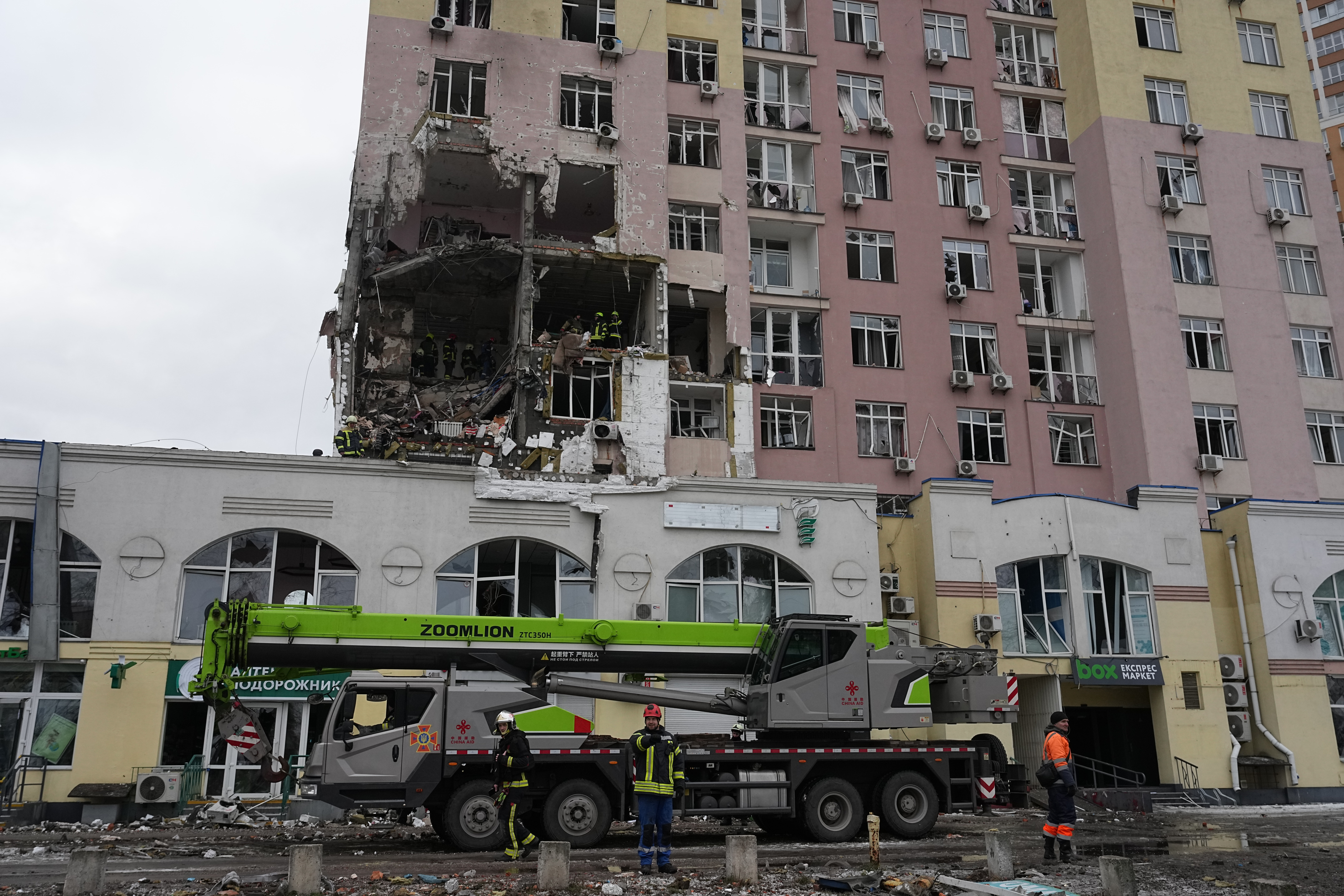Residents Upset by Plan for I-20/59 Redesign through Downtown Birmingham
Every day, about 160,000 drivers make their way along Interstate 20/59 through downtown Birmingham. It’s one of the most heavily traveled stretches of highway in the state, but it’s also accident prone and crumbling from age. The Alabama Department of Transportation is developing a plan to repair and expand the highway. But that plan has drawn a critical response from some residents, such as Stuart Oates.
Stuart Oates is the executive director of Oak Hill Cemetery, Birmingham’s oldest burial ground. Although the graveyard is an urban oasis tucked away just north of downtown, Stuart worries a proposed redesign of nearby I 20/59 will bring the rush of the city much closer.
The ALDOT plan is not finalized but at the moment it calls for widening and adding shoulders to the elevated highway through downtown. Several entrance and exit ramps between I-65 and 31st Street North would be eliminated. Meanwhile 11th Avenue North would be expanded over that same stretch, making it an access road for those driving to the city center. And 11th Avenue just happens to border Oak Hill Cemetery, separating residential neighborhoods and downtown Birmingham. Stuart Oates worries limiting access and enlarging the highway will scare people away.
“We have people suddenly in areas of this town for the first time in decades coming out at night. And by doing this we’re cutting off an important part of the city,” Oates said.
One thing is clear: I-20/59 needs work of some kind. The road carries twice as many drivers as it was initially designed for. The tight exit and on ramps forces cars, trucks, and 18-wheelers to criss-cross in a dangerous weave pattern. Around July 4th a hole opened up on the highway. Two lanes had to be closed for emergency repairs.
But a vocal group of residents says the current $300 million ALDOT plan will make traffic worse and hurt downtown development. They’re calling for an alternative. One idea is to redirect the interstate north. Meanwhile, an opposition group called Rethink 20/59 is circulating an online petition pushing an idea from a 2004 city master plan for the interstate to be “trenched” or sunk below ground. Places such as Cincinnati and California’s San Mateo County have done this. ALDOT engineer Brian Davis isn’t sold.
“Expensive construction cost up front, expensive maintenance over time, and non-expandable,” Davis said.
He says that they never looked into trenching the highway, but the department was part of a study conducted by the organization REV Birmingham. Davis says sinking the highway would eliminate the connection with I-65 and more than double the price.
“So the idea on the surface to bury it to and enjoy the benefits that it would afford you – the people that like that idea don’t really understand the cost that this state doesn’t have,” said Davis.
Davis also says the department has not conducted a study of the long-term financial impact of the plan. That’s not unusual says Jeffrey Brown, a professor of public planning at Florida State University. He says state officials tend to ignore any considerations that are not strictly transportation related.
“There’s a history of state DOTs having very narrow views because their priority is to move traffic,” Brown said.
Because concerns like ‘public impact’ are somewhat hard to measure, they’re often disregarded. Brown says unless a proposal involves a high-income community or a threat of litigation, it’s not likely that the plan will be significantly altered.
Stuck in the midst of this debate are Birmingham city leaders, such as Mayor William Bell.
Bell didn’t respond to an interview request for this story, but he did comment on the proposal at a recent candidate forum for city elections. Bell says it may be possible to get more funding for the project. But he echoed ALDOT’s concerns, saying that alternatives would be too problematic.
Yet one Birmingham city council member remains dead set against the ALDOT plan. Johnathan Austin represents downtown and surrounding areas most affected by the proposal. Despite communication with ALDOT, Austin says he still refuses to endorse it.
“It’s misguided,” Austin said. “it lacks any input from the community and that’s why you see such a backlash of people within the community-both the businesses and citizens that will be mostly impacted by their plan.”
Austin says he expects the state to make a formal request for the city council’s approval in the coming months. But ultimately the state doesn’t need the city’s blessing. And with the plan to be finalized later this year and construction starting late 2014 Austin and other opponents have little time.
~Hollie Parrish, September 3, 2013
Russia attacks Kyiv, killing 1 and wounding many ahead of Ukraine-US talks
Russia attacked Ukraine's capital with missiles and drones early Saturday morning, killing one and wounding over 20 people a day before talks between Ukraine and the U.S., local authorities said.
Myanmar is set to hold phased elections. Here’s why they’re being called a ‘sham’
Myanmar's military rulers are holding a general election in phases starting Dec. 28 amid the country's civil war. The head of the U.N. says the vote will be anything but free and fair.
Judge to hold hearing on whether Kilmar Abrego Garcia is being vindictively prosecuted
A federal judge this week canceled the trial of Kilmar Abrego Garcia, and scheduled a hearing on whether the prosecution is being vindictive in pursuing a human smuggling case against him.
Thailand and Cambodia sign new ceasefire agreement to end border fighting
In addition to ending fighting, the agreement calls for no further military movements by either side and no violations of either side's airspace for military purposes.
Top Instagram reels from Goats and Soda in 2025: Plumpy’Nut, aid cuts, soccer grannies
Our most-viewed Instagram videos include reports from a Rhode Island factory that makes special food for malnourished children and from a tournament for soccer-playing "grannies."
Should the U.S. model its vaccine policy on Denmark’s? Experts say we’re nothing alike
The Trump administration wants to revamp U.S. childhood vaccination recommendations to align with some other peer nations, including one tiny country in northern Europe.








